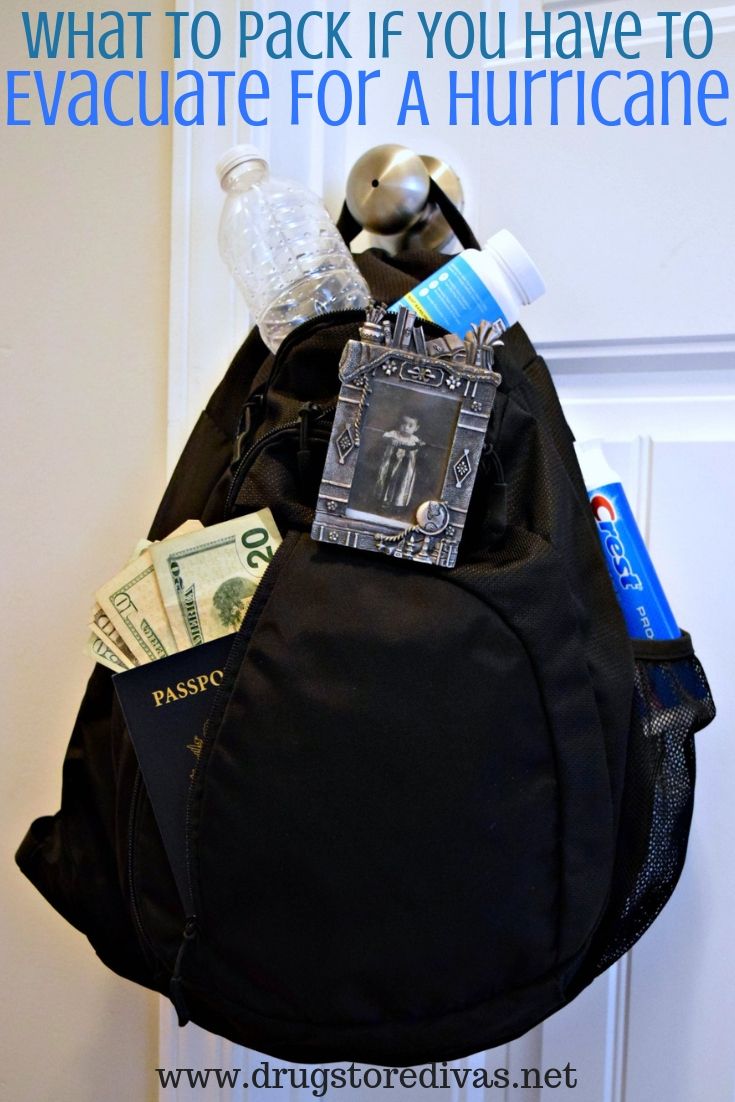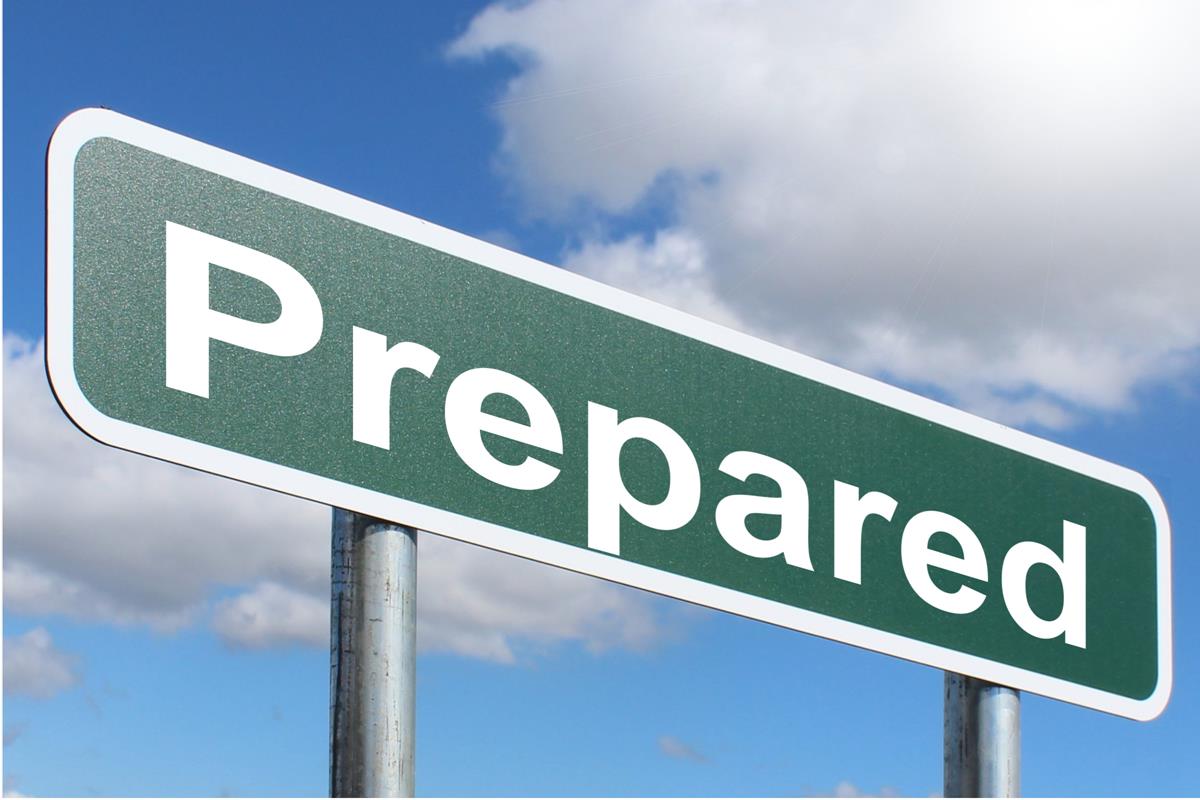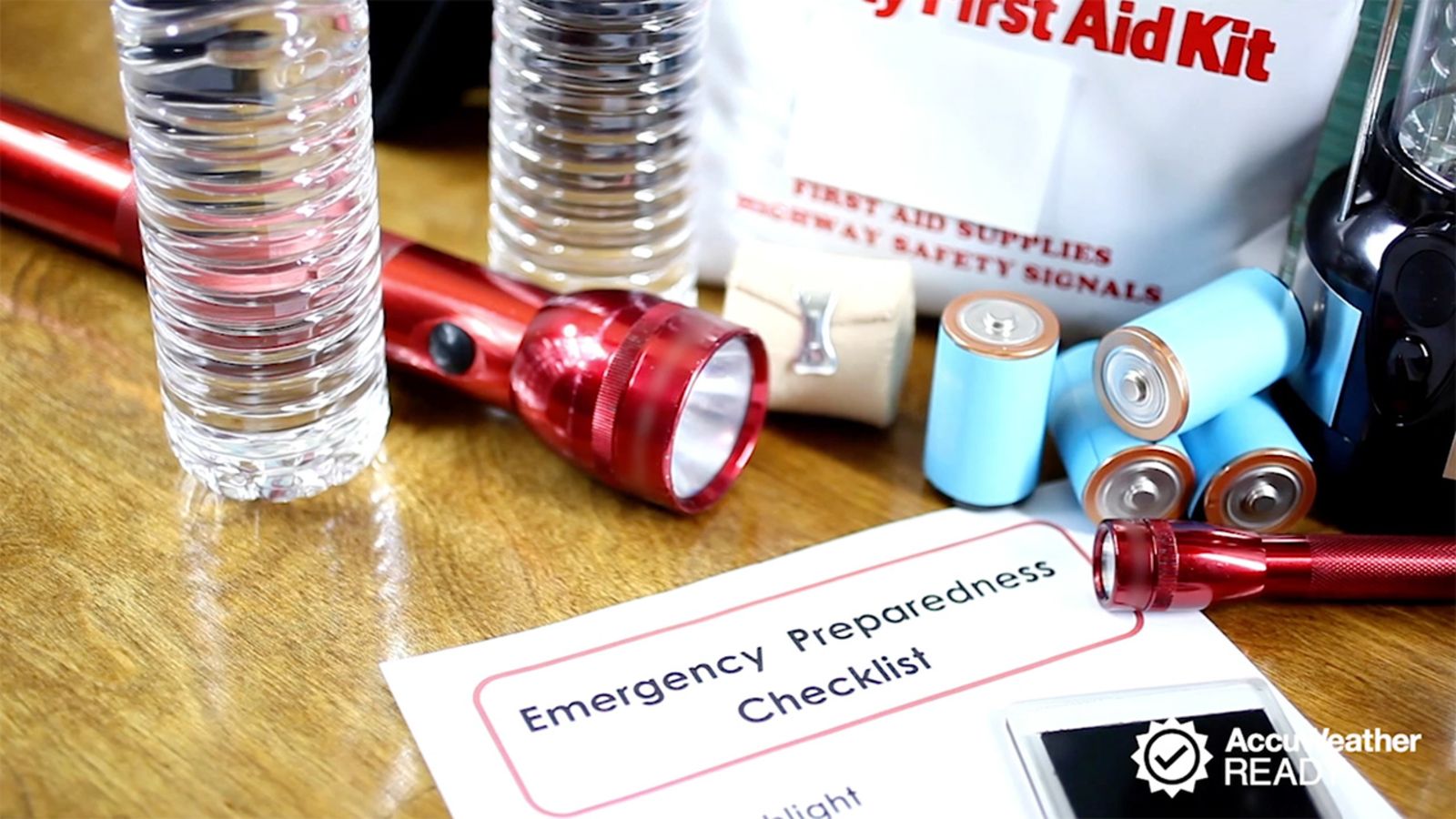The unexpected can strike at any moment, leaving you stranded and alone. To prepare for such uncertain situations, it’s essential to create a well-equipped survival pack. This pack should contain a range of necessary items that can help you survive for several days while facing challenging conditions. Here’s a comprehensive list of items crucial for your survival pack:
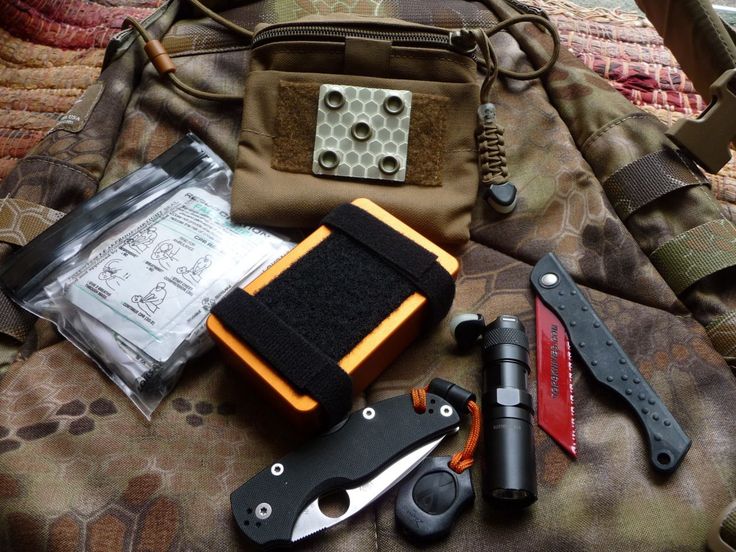
Fire Sources and Tools:

- Watertight Matches or Lighters: For igniting fires to cook food, signal for help, or provide warmth.
- Fire Starters: It includes tinder, steel wool, or fire starter cubes.
- Small Metal Pot: For boiling water or cooking basic meals.
- Utensils: Lightweight metal utensils such as spoon and fork are essential.
Water and Food:
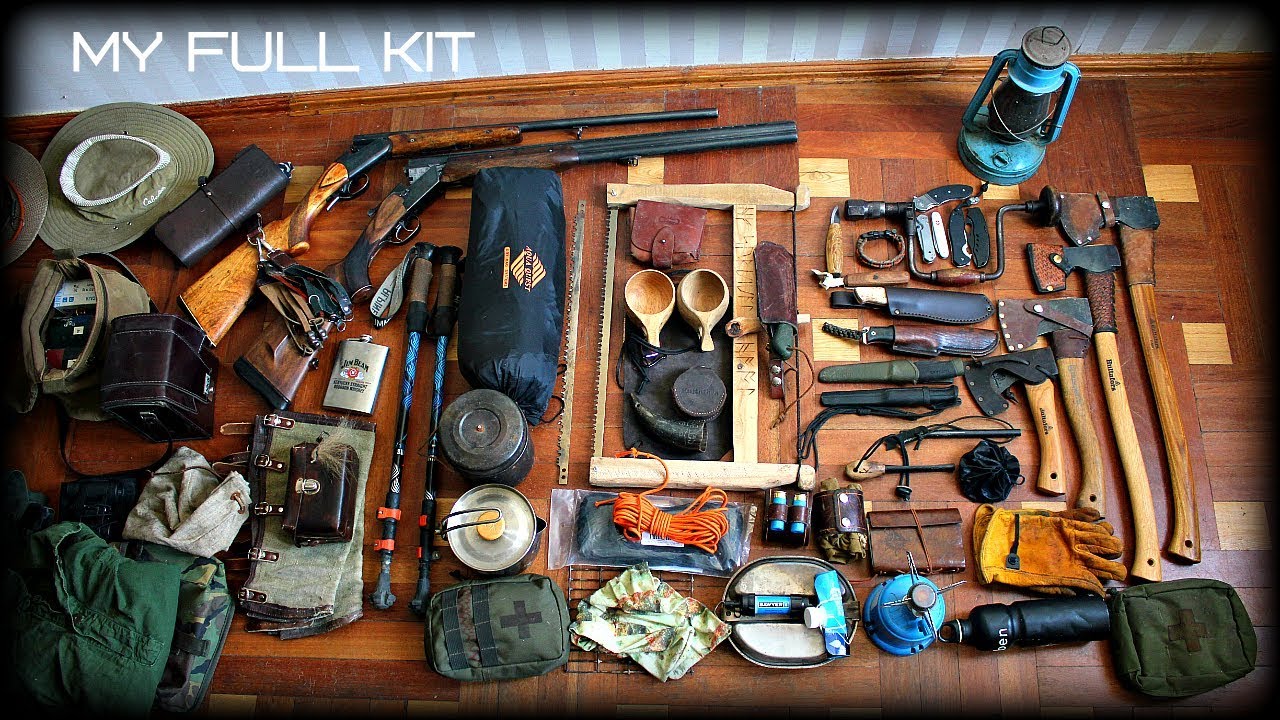
Shelter and Bedding:
- Tarp or Poncho: A tarp can be used as shelter, ground cover, or for gathering rainwater.
- Thermal Blanket or Sleeping Bag: Provides warmth and insulation from the ground.
Navigation and Communication:
- Map and Compass: For navigation and orientation in unfamiliar terrain.
- Whistle or Signal Mirror: These can be used to signal for help or communicate across a distance.
- Communication Device: If possible, include a satellite phone or a two-way radio.
Medical Kit:
- Medical Supplies: Include bandages, antiseptic wipes, pain relievers, and a first aid manual.
Essential Tools:
- Multi-Tool or Pocketknife: A versatile tool for various tasks, such as cutting and repairing.
- Cordage: A rope or cord, essential for various uses like tying up and securing items.
- Sun Protection: Sunscreen or covering to protect against UV exposure.
Flashlight or Headlamp:
- Batteries and Bulbs: Spare batteries and bulbs to keep your light source functional.
Personal Hygiene Items:
- Soap and Sanitizer: Basic sanitizing items are crucial to prevent infections.
Emergency Plan and Contact Information:
- Small Notebook and Pen: To document important information.
- Emergency Contact Information: A list of emergency contacts and crucial details.
Optional Items (Based on Location and Climate):
- Fishing Gear: Fishing line, hooks, and baits for areas with water bodies.
- Binoculars: Helpful for spotting objects or navigating.
- GPS Device: Alternatively, a GPS device can be included for accurate navigation.
- Knife, Axe, or Saw: For scenarios involving cutting wood or preparing shelter.
Remember, the items in your survival pack should be customized based on your specific needs, circumstances, and environment. Keep your pack in a sturdy, waterproof container to protect the items inside. Regularly check and maintain your survival pack to ensure it’s complete and in working condition. A well-prepared survival pack can provide peace of mind and increase your chances of surviving unexpected situations.







